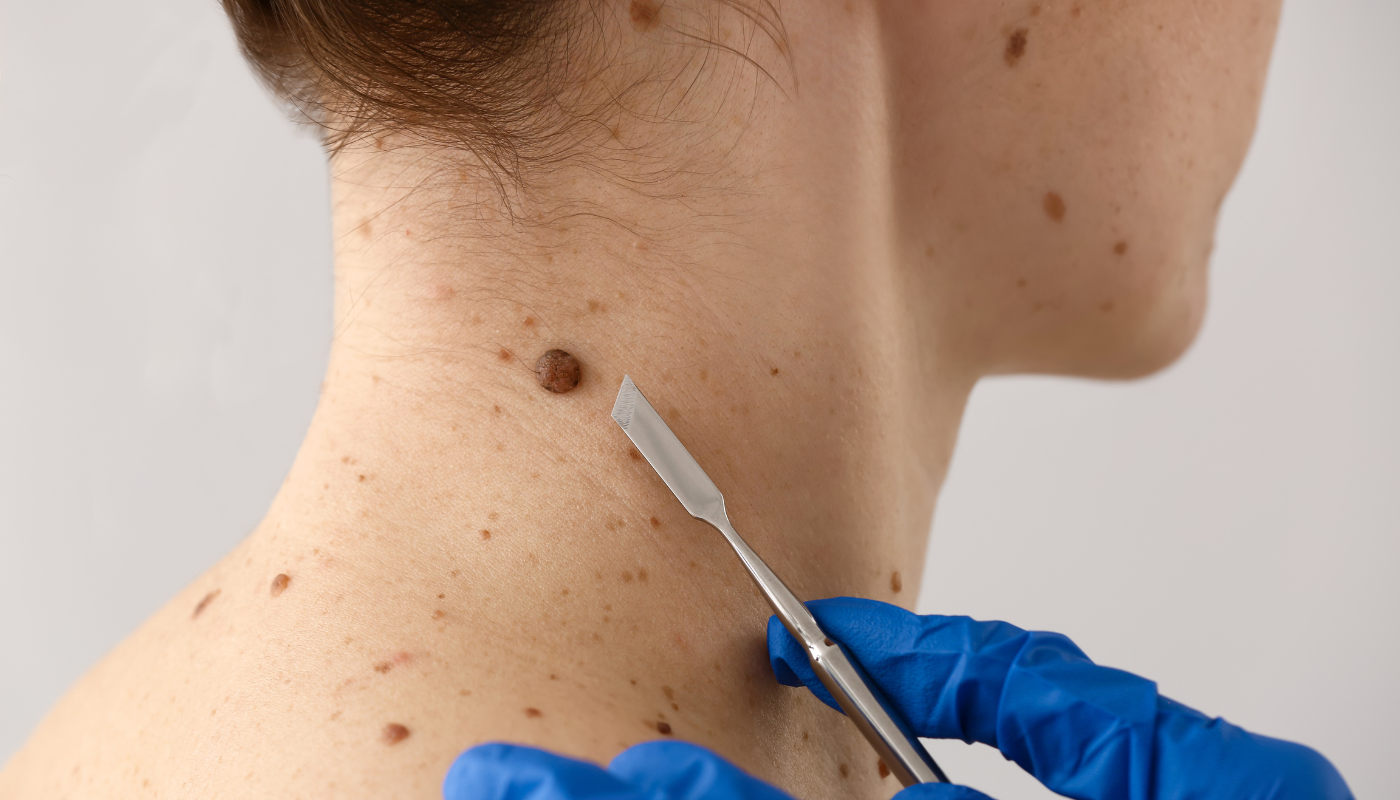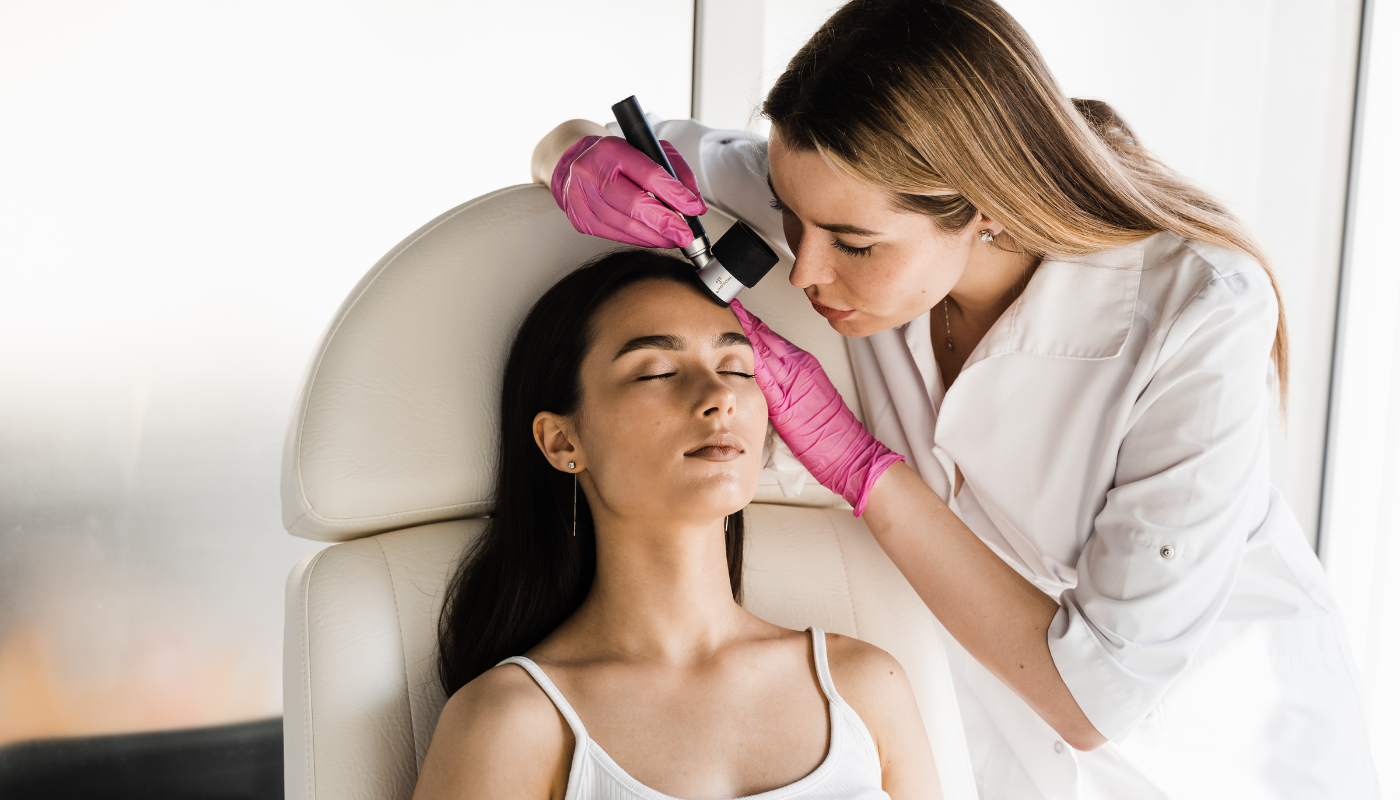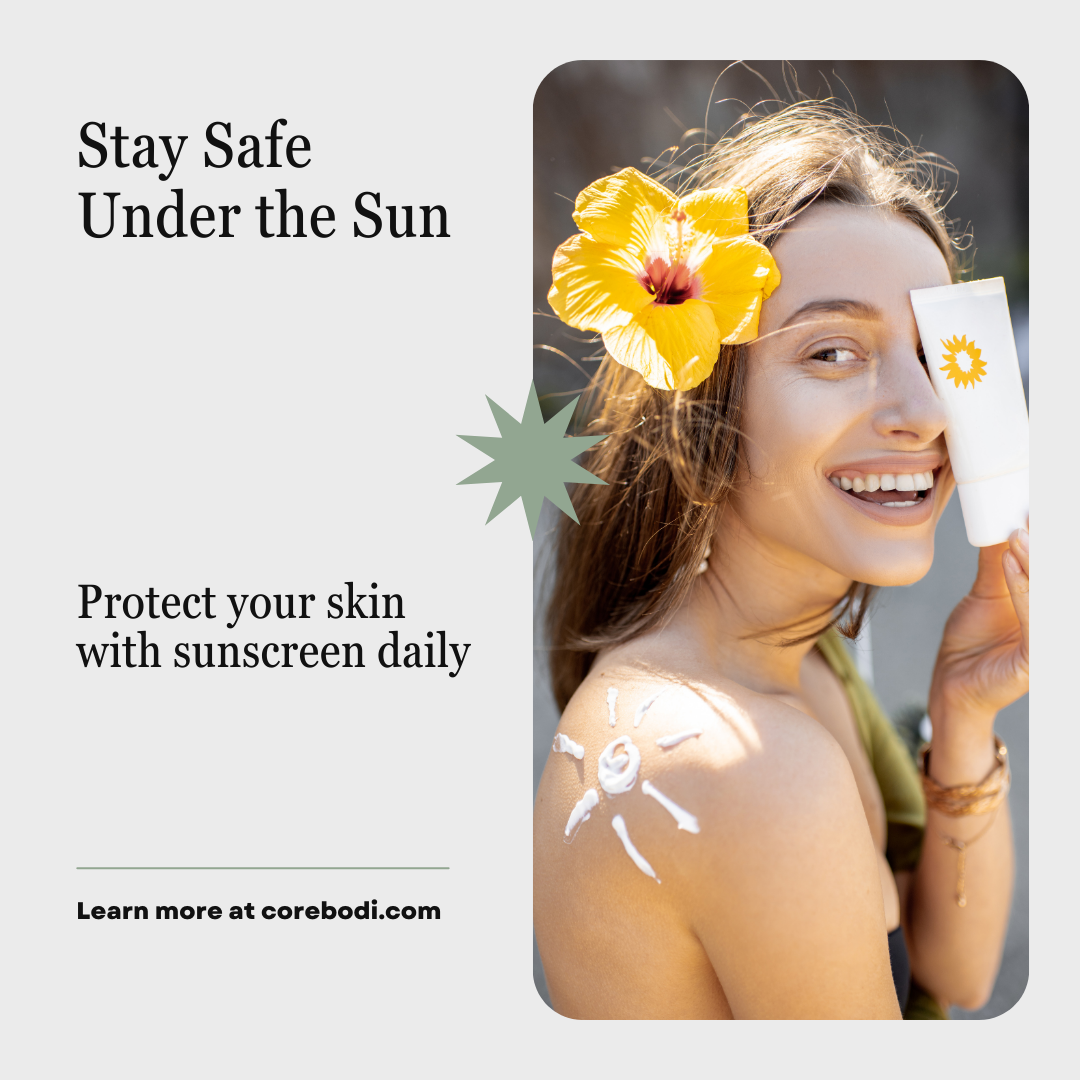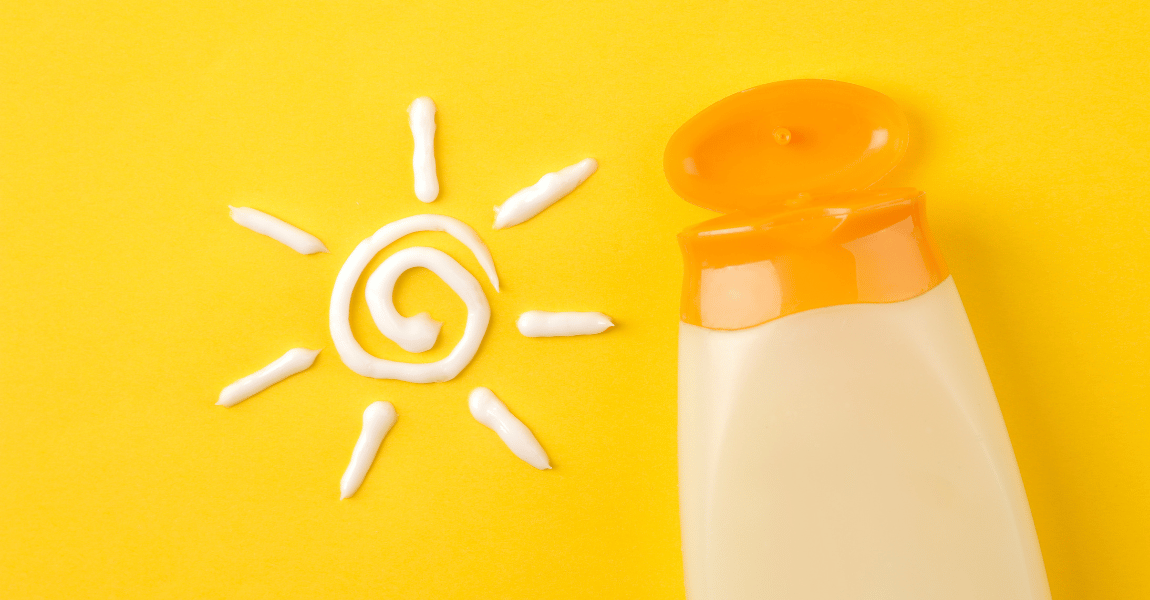The Importance of Routine Skin Checks
Don’t Ignore That Mole: The Importance of Routine Skin Checks
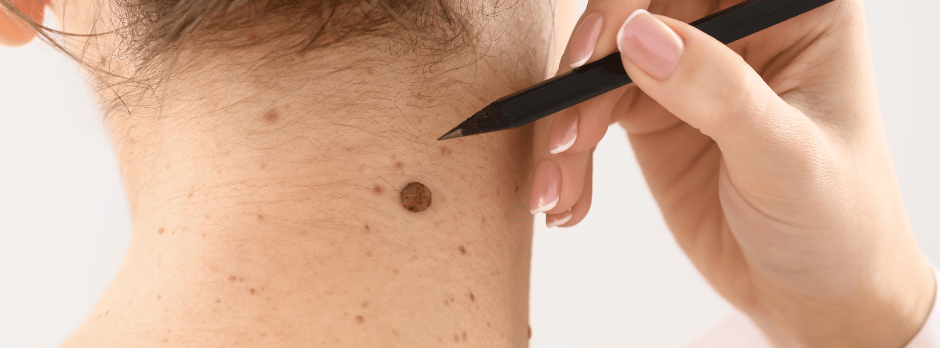
We all have them—freckles, spots, and moles that seem harmless.
But what if one of those seemingly innocent marks holds the early signs of something more serious?
Every year, thousands of people are diagnosed with skin cancer, and many of those cases could have been caught earlier—perhaps even prevented—through routine skin checks.
In Australia, where sun exposure is a daily reality, the importance of regular skin checks cannot be overstated.
Whether you’re spending weekends at the beach or just going about your daily routine, UV rays are a constant presence. Over time, they can cause cellular damage that may lead to skin cancers like basal cell carcinoma, squamous cell carcinoma, and the more dangerous melanoma.
Early detection is your best defence, and it starts with paying attention to your skin—especially those moles you’ve grown used to.
The Silent Threat of Skin Cancer
Skin cancer is the most commonly diagnosed cancer in Australia, with melanoma being one of the deadliest forms.
Unlike some other cancers, it doesn’t develop deep inside the body; it’s right there on the surface—visible, inspectable, and often preventable. Yet many people overlook the early warning signs, thinking a spot is just a freckle or a harmless mole.
Melanoma can appear without warning, often as a new mole or an existing one that begins to change. Left unchecked, it can quickly spread to other parts of the body, making treatment more complex and outcomes less favourable.
But when caught early, skin cancer—especially melanoma—has a high survival rate.
What to Look For: The ABCDEs of Melanoma
Routine skin checks, both at home and by a professional, are critical.
The easiest way to keep track of any changes is by following the ABCDE rule for identifying suspicious moles:
- A – Asymmetry: One half of the mole doesn’t match the other.
- B – Border: Edges are irregular, ragged, notched, or blurred.
- C – Colour: Uneven colouring with shades of brown, black, tan, red, white, or blue.
- D – Diameter: Larger than 6mm (about the size of a pencil eraser).
- E – Evolving: The mole is changing in size, shape, colour, or elevation—or starts to itch or bleed.
If you notice any of these signs, don’t wait. Book an appointment with a skin specialist or GP experienced in skin checks.
The earlier a problem is identified, the easier it is to treat.
Routine Checks Save Lives
While self-monitoring is important, professional skin checks should become a regular part of your health routine—just like dental check-ups or eye exams. Skin cancer clinics and dermatologists use tools like dermatoscopes and digital monitoring to detect changes you may not even see with the naked eye.
Experts recommend annual skin checks for most people, but if you’re at higher risk—such as having fair skin, a family history of skin cancer, numerous moles, or a history of sunburn—your doctor may recommend more frequent visits.
Your Skin History Matters
Keeping track of your skin’s appearance over time is essential.
Take photos of moles, especially if they’re large, irregular, or new. This personal "skin map" can help you and your doctor identify changes more accurately over time.
If you’ve had a mole removed or a previous skin cancer diagnosis, make sure you stick to follow-up schedules.
Skin cancer has a habit of returning in some people, and the risk of recurrence can be reduced through ongoing surveillance and lifestyle changes.

Prevention is Better Than Cure
Skin checks are part of the bigger picture of skin health and cancer prevention.
Here are some habits that can reduce your risk:
- Wear SPF 30+ sunscreen daily, even on cloudy days.
- Cover up with hats, sunglasses, and long sleeves when outdoors.
- Avoid tanning beds—they significantly increase melanoma risk.
- Seek shade during peak UV hours (10am–4pm).
- Check the UV index daily and plan outdoor activities accordingly.
Remember, sun safety isn’t just for beach days—it’s a daily habit that can save your life.
Why We Put It Off—And Why That Needs to Change
Many people delay skin checks out of fear, inconvenience, or a simple belief that “it won’t happen to me.”
But ignoring a mole doesn’t make it go away—and hoping for the best is not a prevention strategy.
The good news?
A skin check is quick, painless, and often covered by Medicare or private health insurance in Australia.
Think of it as an investment in your future—because detecting skin cancer early can mean the difference between a minor procedure and something far more serious.
Real Stories, Real Impact
There are countless stories of people whose lives were saved because they booked a skin check in time.
Take Emma, a 34-year-old mother of two, who went in to have a mole looked at “just in case.” It turned out to be an early-stage melanoma. After a simple surgical removal, she was given the all-clear—and a second chance to stay on top of her health.
These aren’t rare success stories—they’re the norm when skin cancer is caught early.
Take the First Step Today
If it’s been a while since you had your skin professionally checked—or if you’ve never done it at all—now is the time.
Schedule an appointment. Examine your skin under good lighting. Take note of anything new, changing, or unusual. And most importantly, don’t ignore that mole.
Skin cancer is one of the most preventable and treatable cancers, if caught early. Your skin tells a story—and sometimes, it’s asking you to listen. So pay attention, protect it, and make skin checks part of your regular health routine.
Your future self will thank you.
More Skin Tips.
CoreBodi

